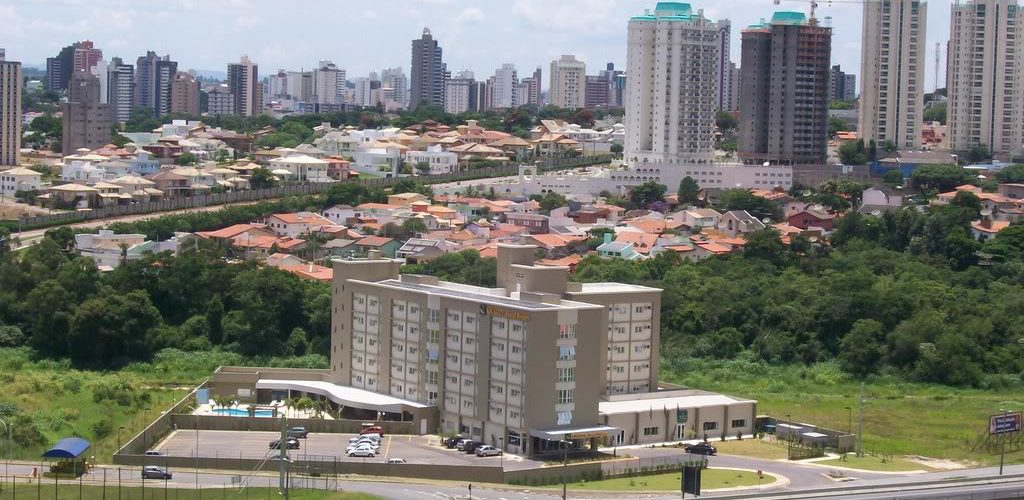RIO DE JANEIRO, BRAZIL – The Governor of São Paulo, João Doria, presented on Friday (06) a proposal to create the Jundiai Metropolitan Region. Under the project, the Jundiai metropolitan region will consist of Jundiaí, Cabreúva, Campo Limpo Paulista, Itupeva, Jarinu, Louveira and Várzea Paulista. The seven municipalities are currently considered an Urban Agglomeration.

Jundiaí is located 57 kilometers (35 mi) north of São Paulo. The population of the city is 423,000, with an area of 431.21 km².
According to a note published by the government, the proposal is part of a project of the Secretariat of State for Regional Development aimed at expanding regional integration among the municipalities.
The project was discussed during a public hearing with the seven cities’ authorities and civil society representatives. “This changes the lives of people in the cities that will form the Jundiaí Metropolitan Region. It creates facilities for organization, planning, urban and rural structuring with an improvement of the quality of life, health, education, public safety, social housing, social programs mainly, and in the areas of culture, leisure and sports, as well as for public funding for all areas that represent the need for urban improvements,” the governor said in a statement. The seven municipalities have a combined population of 797,000 people and a GDP (gross domestic product) of R$73.43 (US$14) billion.
The state’s proposal to create new metropolitan areas was prepared based on a study conducted with the Seade Foundation (State System of Data Analysis). With the approval of the prefectures, the state government may submit a bill to the Legislative Assembly to create the Jundiaí Metropolitan Region.
The metropolitan regions can count on new regional councils, executive committees, autarkies, and development funds to optimize public services and facilitate cooperation among the different levels of government. For example, they allow for creating a consultative development council composed of representatives of local governments, the state, and civil society, with thematic chambers to advise on regional projects.
Metropolitan regions can also have their own government self-sufficiency and establish development funds to receive funding from public agencies and national and international development organizations.
Article 25 Para. 3 of Brazil’s 1988 Constitution grants states the powers to create, by statute, Metropolitan Regions and Urban Agglomerations. Jundiaí would become the seventh Metropolitan Region in São Paulo state, joining São Paulo capital, Campinas, Vale do Paraíba, Sorocaba, Baixada Santista, and Ribeirão Preto.

